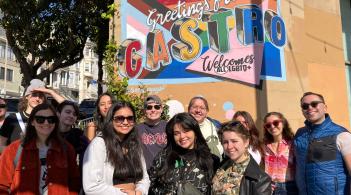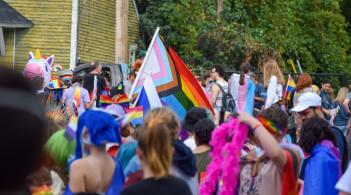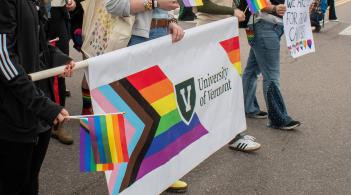The Prism Center supports and empowers lesbian, gay, bisexual, transgender and queer students, as well as students whose identities fall in between or expand beyond those categories. We work to create a campus community where people of all sexual and gender identities can thrive.



